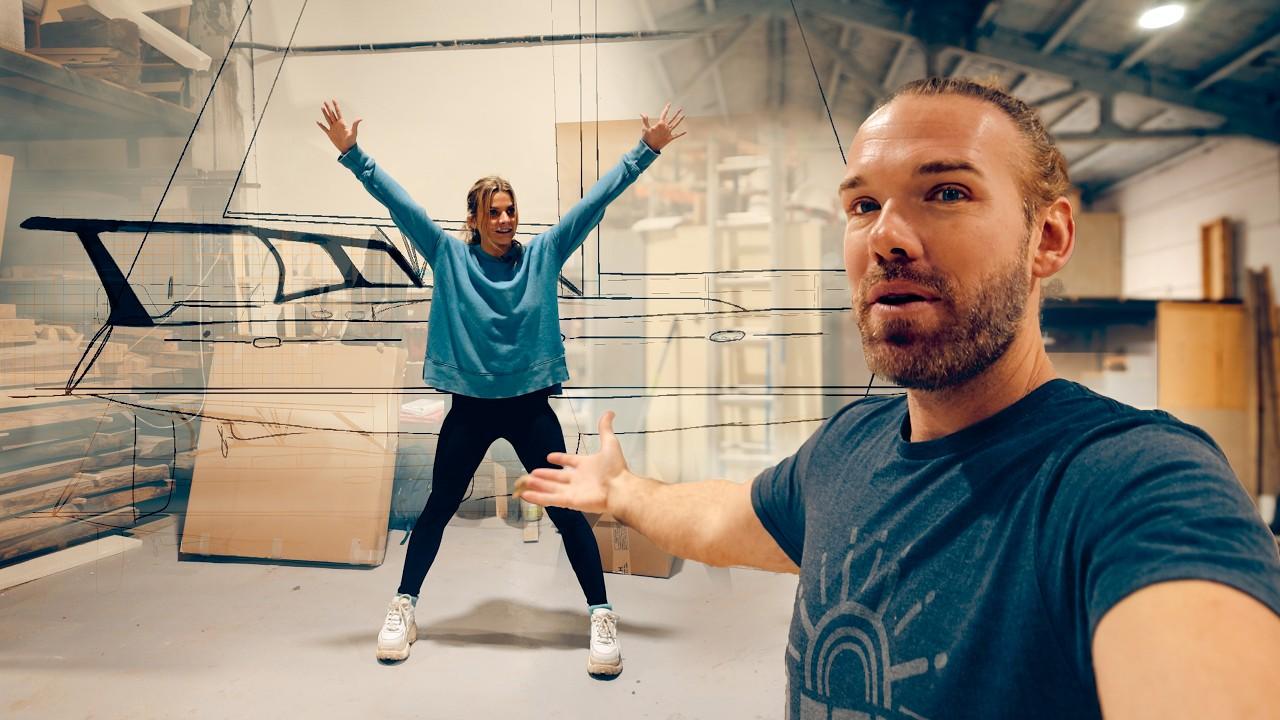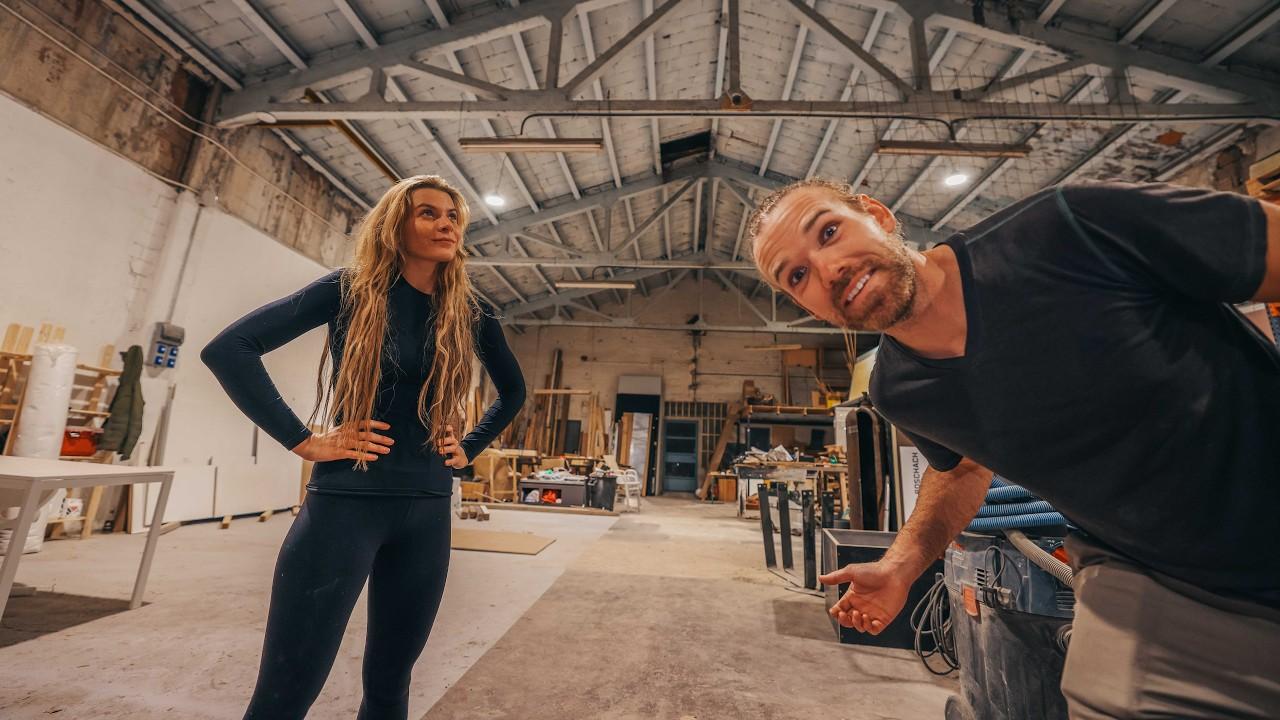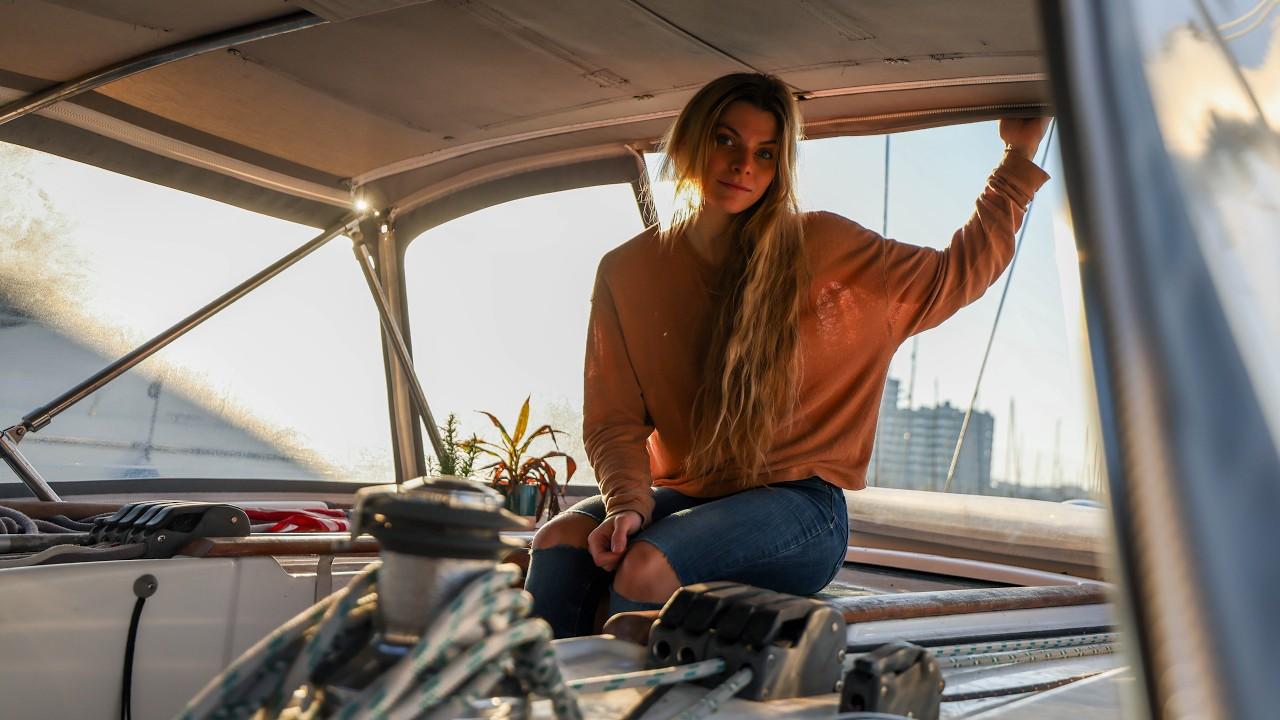Welcome to our blog post, where we will delve into the exciting topics discussed in the YouTube video titled "And So It BEGINS – The Expedition Enclosure | EE 144". In this video, we join Brett in his shared workspace as he prepares to embark on a new adventure – building the Expedition Enclosure. This enclosure will consist of a hard top connected to a hard Dodger, along with a dingy davit setup on the back, all equipped with solar panels. Today marks the beginning of this project, as Brett and his team gear up to tackle the monstrosity lying behind them. But before they can proceed, they must first familiarize themselves with new techniques, such as vacuum bagging. As Brett’s colleague Jade is away visiting family, he takes the opportunity to experiment and acquire the necessary skills for vacuum bagging. However, fear not, as he promises to share his expertise with Jade and us in the near future. If you enjoy witnessing Brett’s tinkering skills and his knack for problem-solving, then you won’t want to miss out on the upcoming videos from Expedition Engineering. So make sure to check out their YouTube channel at youtube.com/expeditionengineering to join the journey. Stay tuned for more updates as we go along this exciting venture together!
– Introduction to the Expedition Enclosure and its components
Our Expedition Enclosure is a complex structure consisting of several components that work together to provide a sturdy and functional setup for our expedition. First, we have a hard top connected to a hard Dodger, which offers protection and shelter from the elements. This setup ensures that we can comfortably navigate through any weather conditions while ensuring the safety of our crew. Additionally, we have a dingy davit setup on the back, which allows us to easily launch and retrieve our dinghy.
One of the key features of our Expedition Enclosure is the extensive coverage of solar panels. These panels are strategically placed on the structure to harness solar energy, providing us with a sustainable power source while on our expedition. This not only reduces our reliance on traditional fuel sources but also allows us to operate our essential systems without depleting our resources. The integration of solar panels into our enclosure is a testament to our commitment to eco-friendly practices and our goal of minimizing our carbon footprint.
In order to construct our Expedition Enclosure, we have acquired new supplies, including vacuum bagging equipment. Vacuum bagging is a technique that we are incorporating for the first time, which involves using a vacuum to compress and mold materials together. We are in the process of unboxing and assembling the equipment and will conduct a test piece to determine the optimal vacuum usage. This meticulous approach ensures that we achieve the desired results and maintain the structural integrity of our enclosure. Stay tuned as we document our progress and share our experiences with you.
– Exploring the process of layup and vacuum bagging for the project
In order to complete our project of building a hard top connected to our hard Dodger and dingy davit setup, we need to explore the process of layup and vacuum bagging. Vacuum bagging is a technique that involves using a vacuum to create pressure, allowing for a stronger and more consistent bond between layers of materials. Although we have never done vacuum bagging before, we are excited to learn and utilize this technique.
To begin, we will need to unbox and assemble the vacuum bagging supplies. This will involve setting up the necessary equipment and familiarizing ourselves with its operation. One important aspect to consider is the amount of vacuum to use during the process. This will require some experimentation and testing to determine the optimal level of vacuum for our project.
While I was away visiting family, my teammate BR took on the task of tinkering and figuring out the vacuum system. In the upcoming video, he will demonstrate the process and share his findings with us. As we embark on this journey of layup and vacuum bagging, we invite you to join us and witness the progress of our Expedition engineering project. Stay tuned for more exciting updates and stay curious about the possibilities that lay ahead!
– Brett’s solo adventures and future plans for Expedition Engineering
In Brett’s solo adventures, he is embarking on the exciting journey of building the Expedition Engineering project. The first task at hand is to construct a hard top connected to a hard Dodger, along with a dingy davit setup adorned with solar panels. This innovative design will provide the necessary energy for the upcoming expedition. However, before diving into the construction process, Brett needs to familiarize himself with new techniques such as vacuum bagging. To ensure success, he plans to unbox and assemble the equipment, followed by a test piece to determine the optimal vacuum usage. Although Brett had to briefly leave for a family visit, he assures us that he will return to resume tinkering with the vacuum setup and subsequently share his newfound knowledge.
As for the future plans of Expedition Engineering, Brett provides a tantalizing teaser for the upcoming video series. The very first episode is set to be released on Wednesday and promises an exhilarating experience of witnessing Brett’s solo adventures firsthand. If you enjoy spending time with Brett and witnessing his expertise in action, this video series is one you won’t want to miss. Covering a range of activities, from troubleshooting and fixing to breaking and exploring, Expedition Engineering on YouTube is the place to be. So, head on over to youtube.com/ExpeditionEngineering to join Brett on his captivating journey.
– Exciting delivery and challenges faced during the project
During the course of the project, we encountered some exciting and challenging moments that pushed us to explore new techniques and problem-solving strategies. One of the major highlights was the construction of our Expedition and closure, which involved building a hard top connected to a hard Dodger and a dingy davit setup on the back. To make our structure more efficient, we covered it with solar panels. The process of setting it up in our workspace marked the beginning of an exhilarating phase.
Before diving into the construction, we had to tackle a crucial task: figuring out the layup process and utilizing our new supplies, such as vacuum bagging. This technique was entirely new to us, so we had to unbox and assemble the equipment. To ensure we achieved the desired results, we conducted a test piece to determine the appropriate amount of vacuum pressure to use. Additionally, as one of us was away visiting family during the filming of this particular phase, it provided an opportunity for the other person to become familiar with the vacuum bagging procedure and subsequently teach their partner. This exciting part of the project allowed us to fully explore new techniques and ideas while enhancing our skills and knowledge.
Wrapping Up
In conclusion, the YouTube video titled "And So It BEGINS – The Expedition Enclosure | EE 144" discussed the initial steps of setting up the Expedition Enclosure. The focus was on building a hard top connected to a hard Dodger, as well as a dingy davit setup covered in solar panels. The video also mentioned the need to figure out the layup process and the use of vacuum bagging, which was new to the creators. Additionally, it was mentioned that Jade, one of the creators, was away visiting family during the filming of the video, giving viewers the opportunity to spend time with Brett as he tinkered and figured out the vacuum setup. The outro mentioned that the very first video of Expedition Engineering would be released soon, inviting viewers to check it out if they enjoyed spending time with Brett and witnessing his projects and problem-solving. Overall, the video provided a teaser of what viewers can expect from Expedition Engineering and highlighted some of the tasks and challenges faced in the initial stages of setting up the Expedition Enclosure.



